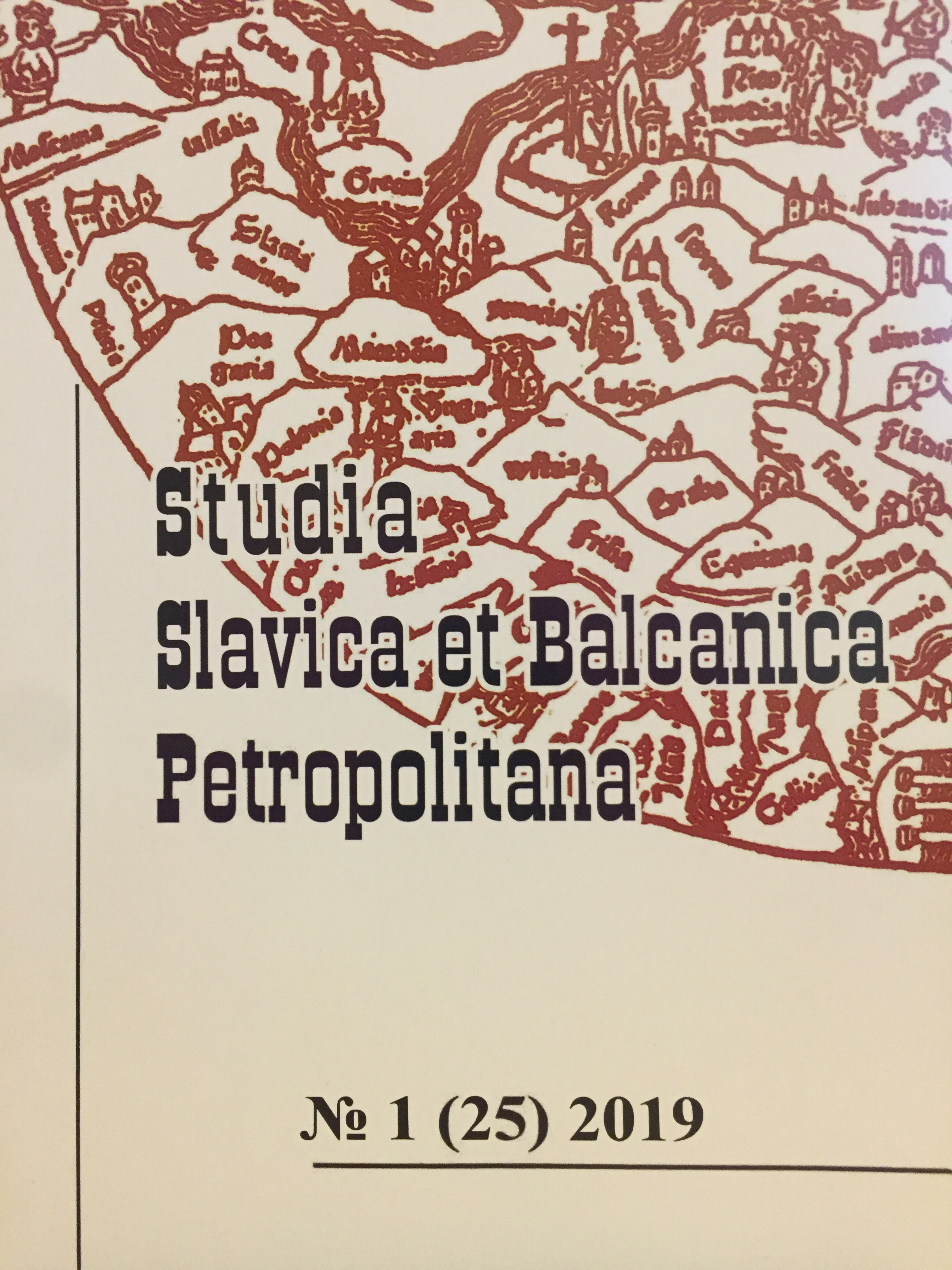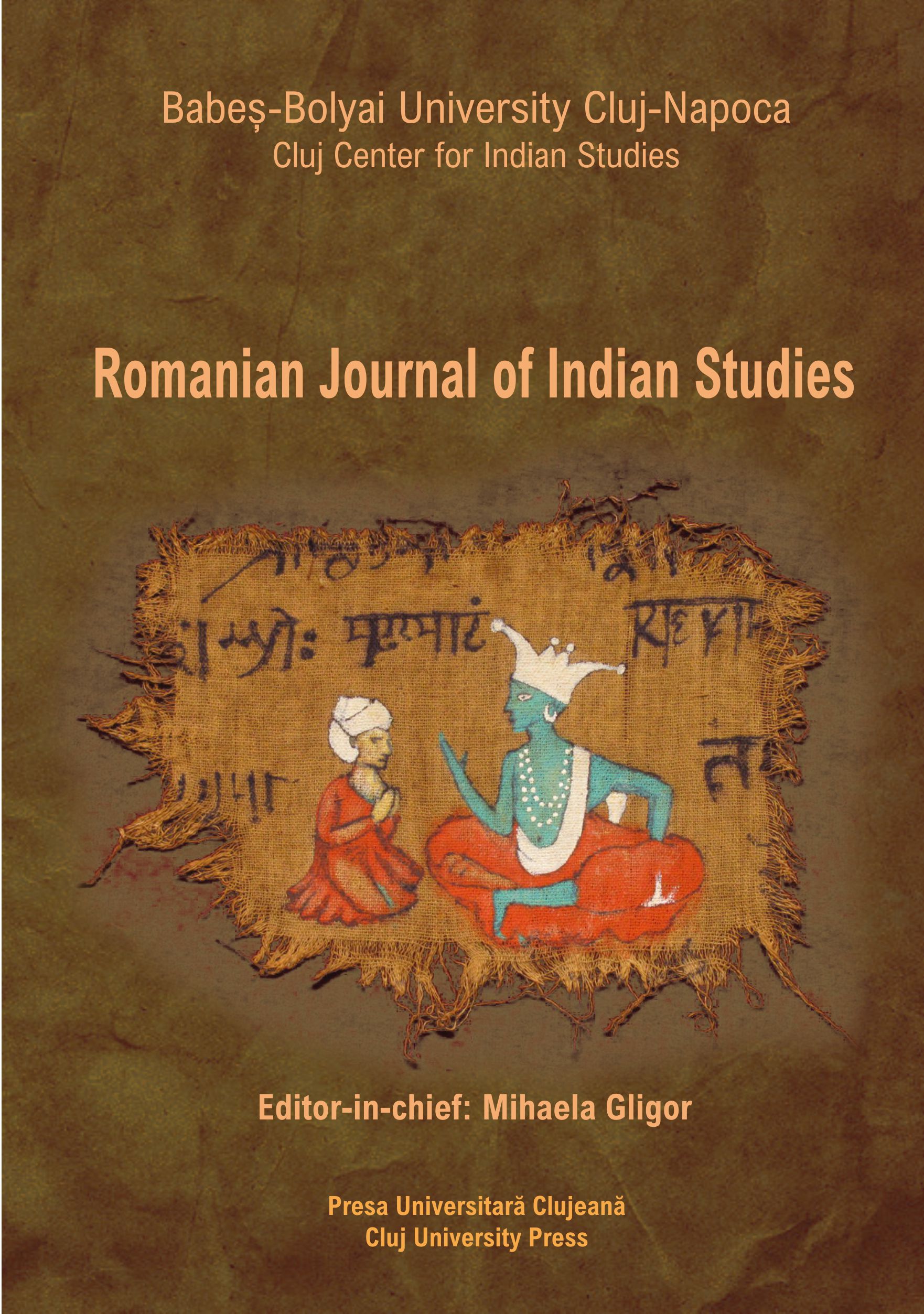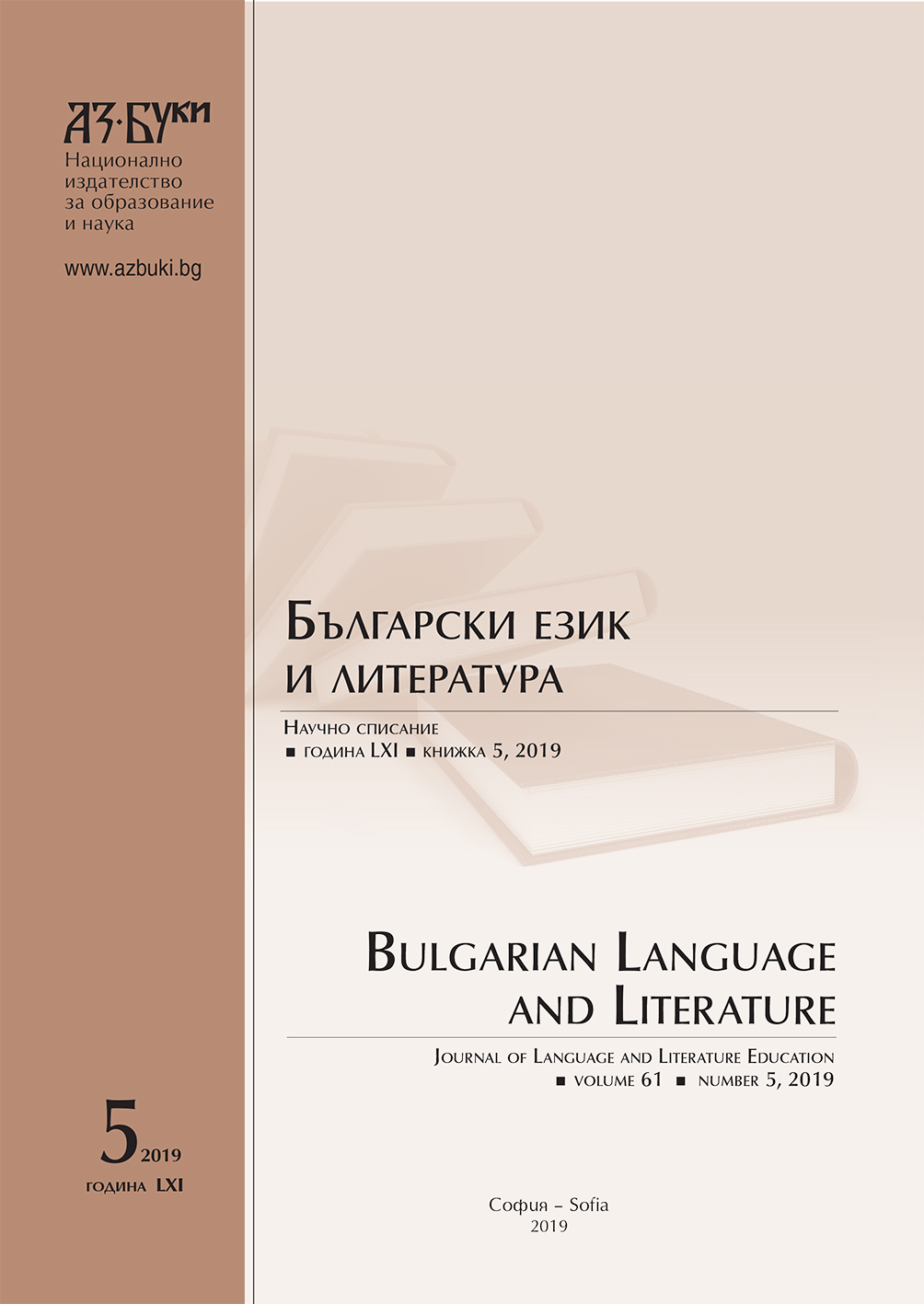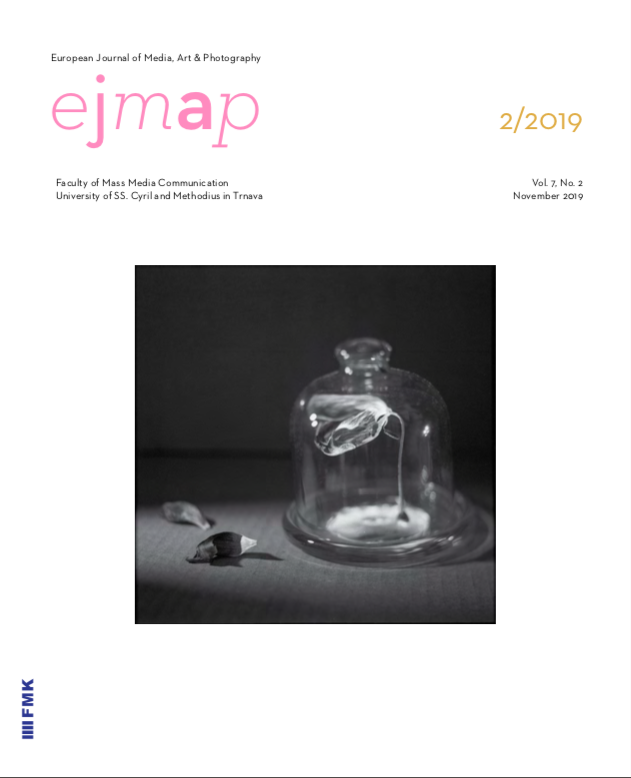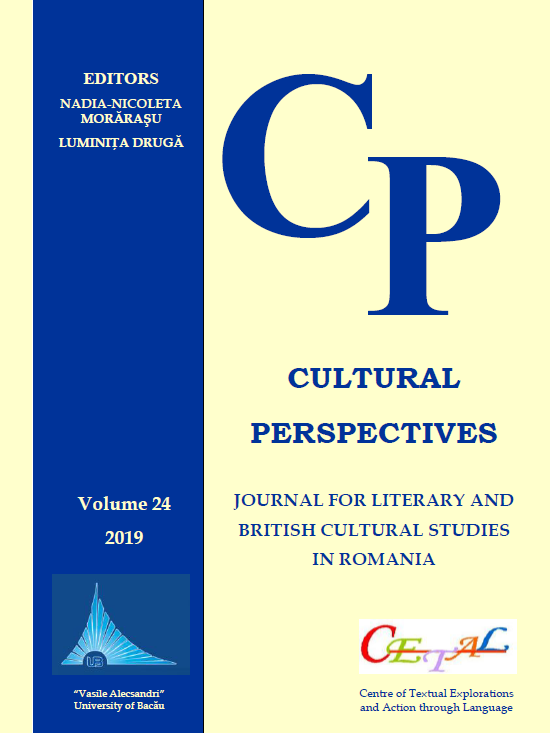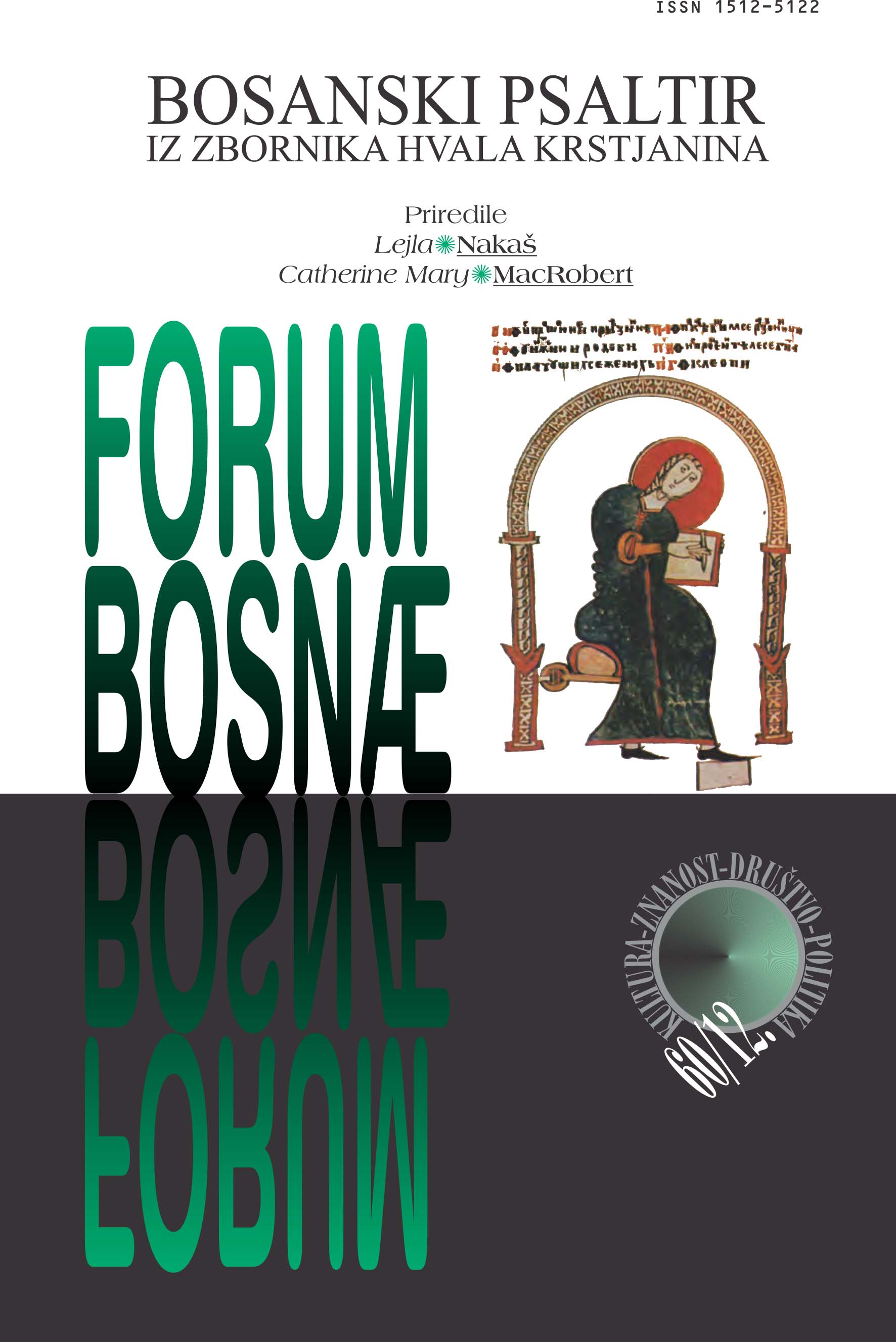
Bosanski psaltir
Verzija crkvenoslavenskog psaltira uvrštena u Hvalov zbornik donosi niz zagonetki. Iako se rukopis po svome kolofonu vezuje za Crkvu bosansku, i premda je pisan za pokrovitelja Hrvoja Vukčića Hrvatinića koji je njegovao veze sa hrvatskim glagoljašima u sklopu Rimokatoličke crkve, struktura teksta psaltira sasvim jasno je izvedena iz pravoslavne prakse. Njegovi psalmi podijeljeni su na uobičajenih dvadeset katizmi (u staroj praksi istočnog monaštva, mjesta na kojima se čitanje može prekinuti kako bi pastva sjela) koje se, opet, dalje dijele na slave (mjesta za pojanje slavoslovlja). Takve podjele, koje potječu iz istočnog monaštva, nepoznate su u zapadnoj crkvi. Pored toga, nakon 150 kanonskih psalama slijedi ”psalam bez broja”, pjesma Davidova o pobjedi nad Golijatom, te skup biblijskih pjesama, iz Starog i Novog zavjeta, koje su u istočnoj crkvi postale ustaljeni dodatak psaltiru za razliku od ponešto drugačijeg izbora biblijskih pjesama uobičajenog na Zapadu. Stoga se naoko čini da ta komponenta Zbornika ide u prilog tezi da je verzija Svetog pisma koju je koristila Crkva bosanska navodno došla iz istočnog, pravoslavnog izvora. Tako se Hvalov psaltir, još otkako je Rački o tome pisao, često navodi kao dokaz – gotovo kao jedini dokaz – da su bosanski krstjani vjerovatno priznavali i koristili Stari baš kao i Novi zavjet.
More...
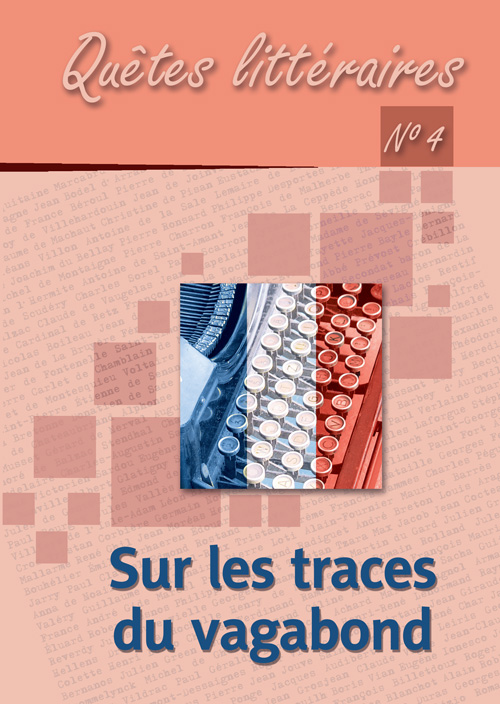
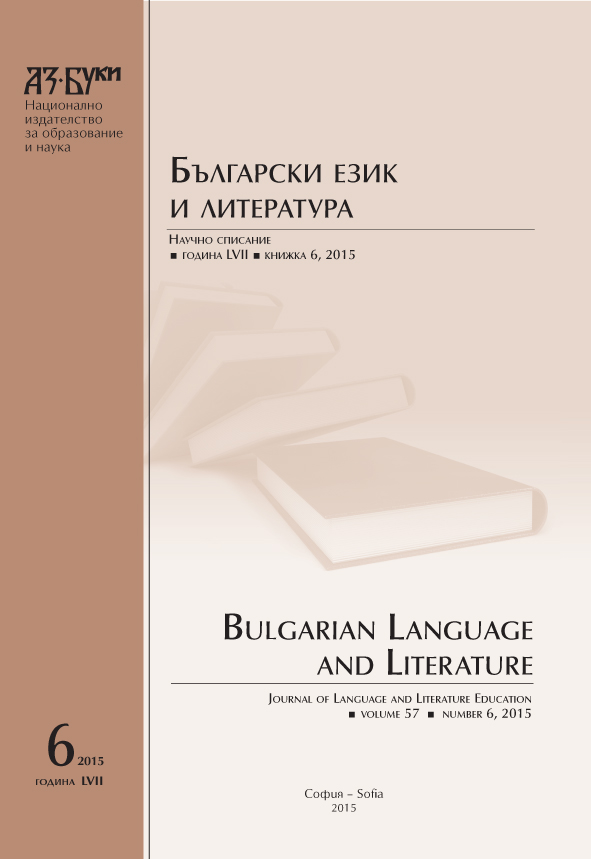
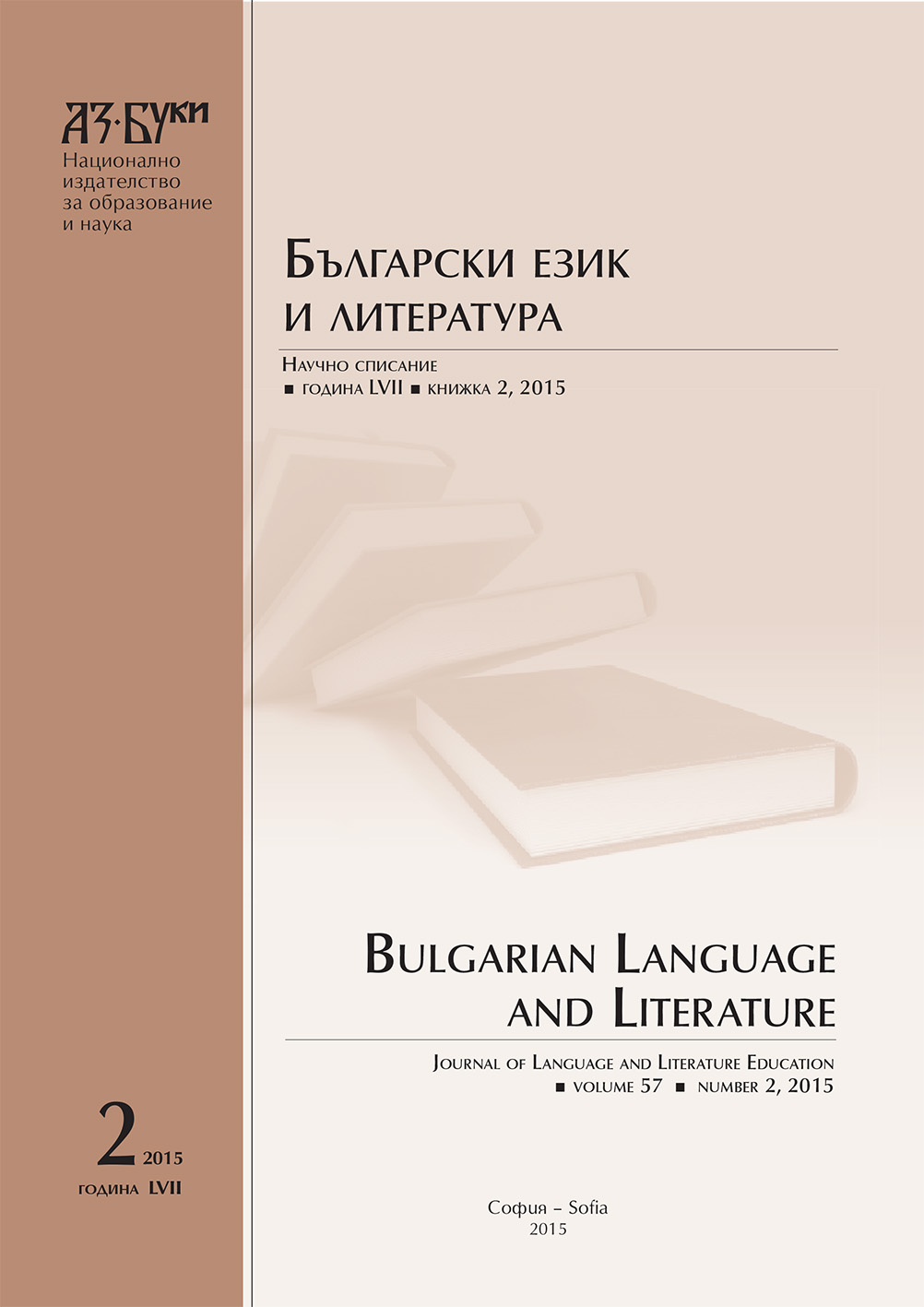
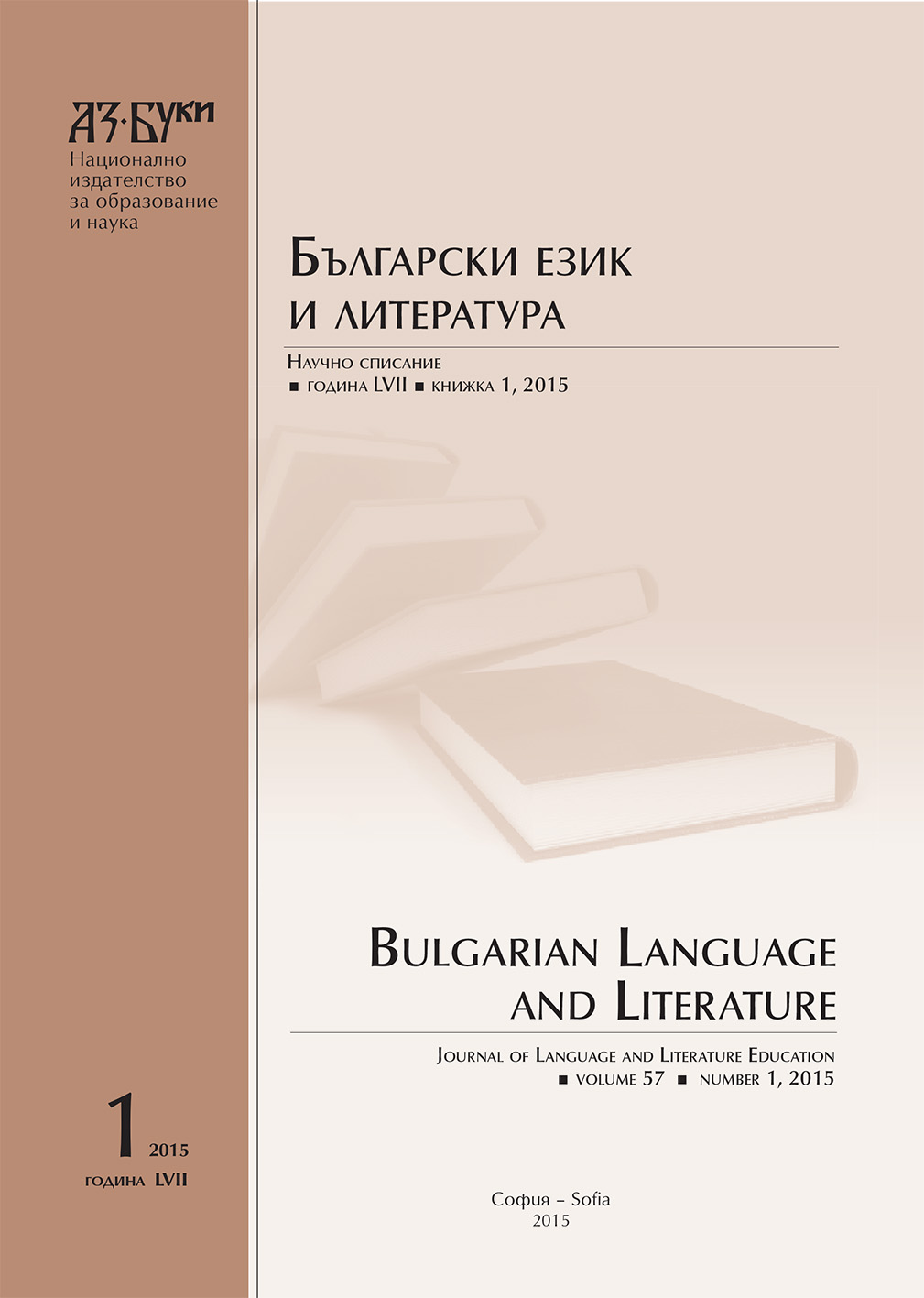
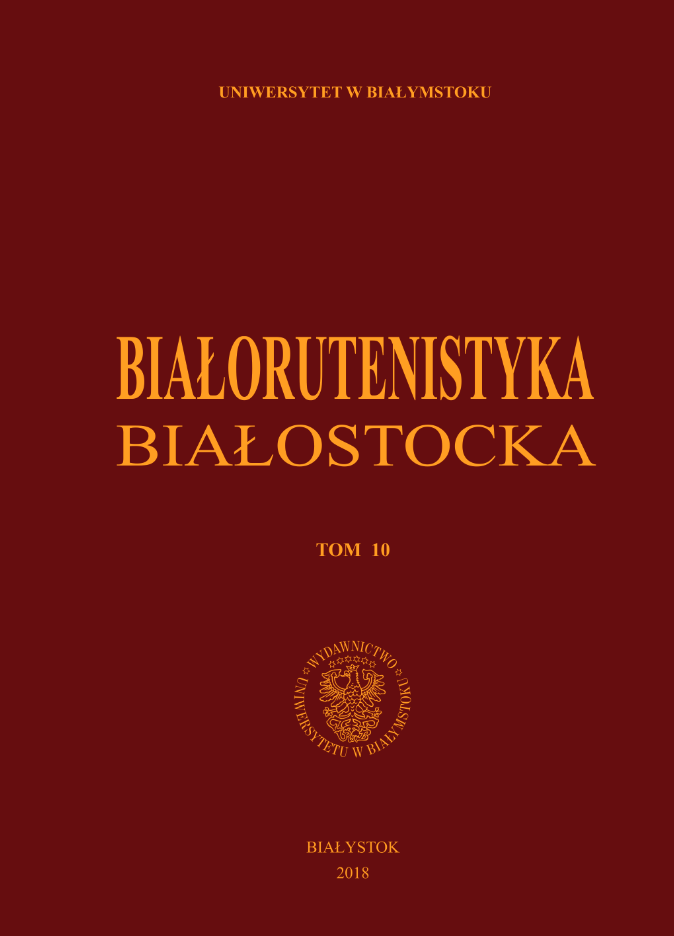
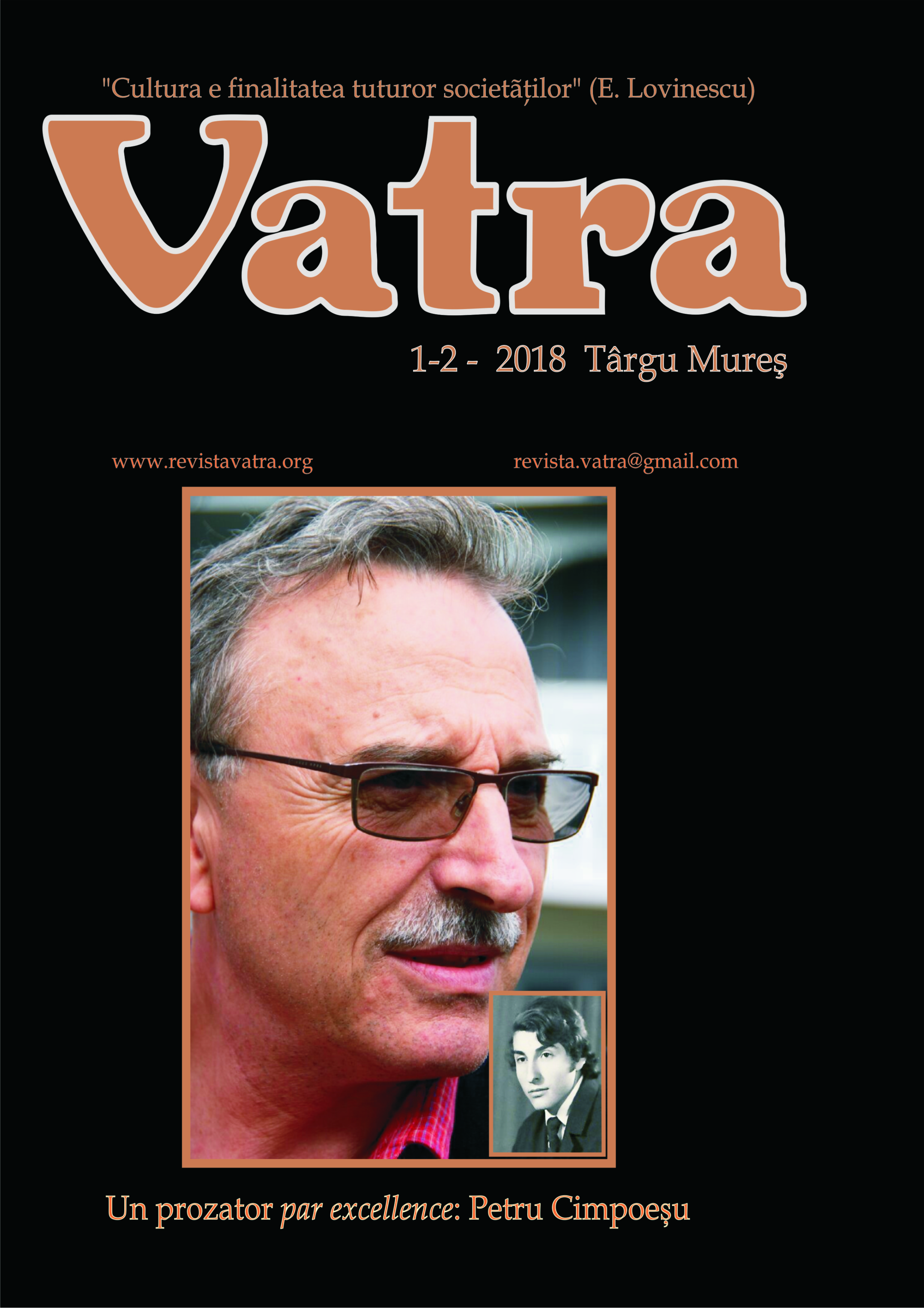
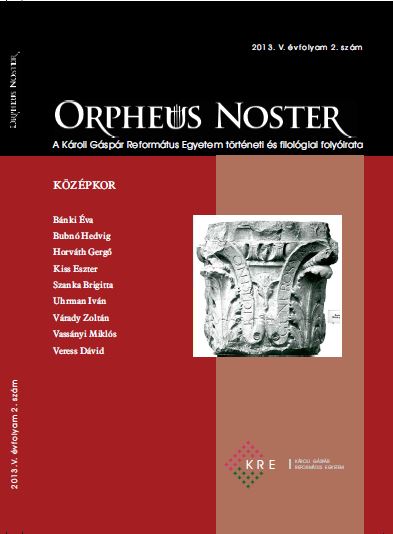
![ἐάν ζησώμην [sic] – „Ha még élünk.”](/api/image/getissuecoverimage?id=picture_2013_48780.jpg)
